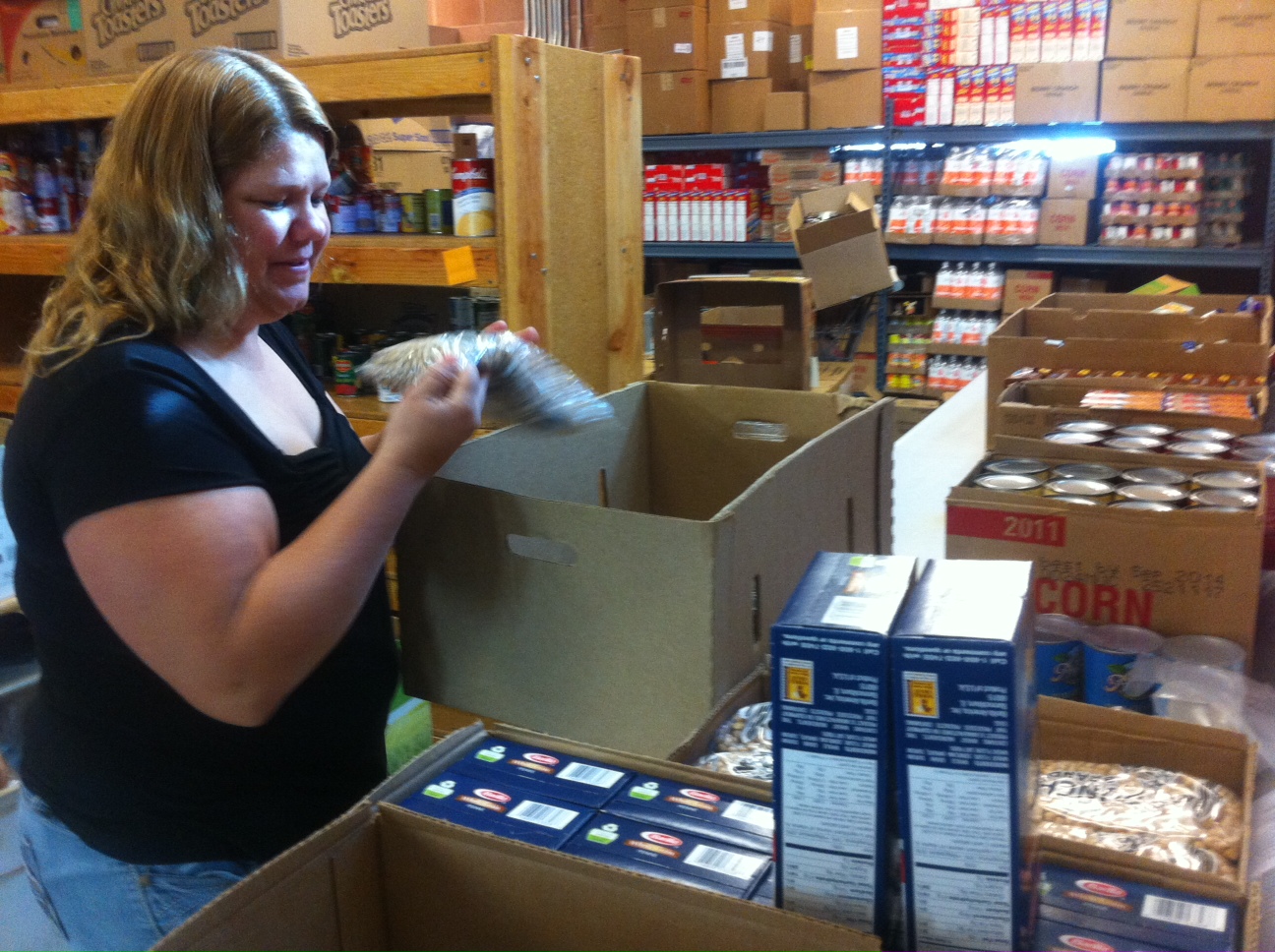Some information may be outdated.
As the weather turns colder, so does Grand County’s seasonal economy. Grand County Food Bank manager Misty Souza said she expects to see an additional 50 families enroll in the food assistance program once winter hits.
And before the surge of new families arrive, she is hoping for both donations and volunteers.
“Moab is a nice place for young, footloose people who want to work a bit, play and party and move on,” says Moab City’s economic development analyst Ken Davey. “It’s a difficult place for people who want to establish a home, raise a family, and send their kids to college.”
According to the 2008 Census Bureau, tourism and retail make up over half of the employment in Grand County. Davey said efforts to build a winter tourist economy are underway, but in the meantime the City of Moab remains challenged by seasonal employment.
For example: in January 2011 Grand County’s unemployment rate was 19.4-percent. It dropped to 12.4-percent by March and to 8.1-percent by May the same year, according to figures provided by the Department of Workforce Services.
Souza expects to see the seasonal employment trend for incoming clientele, but she is wary of a sigma that might prevent many community members from applying who could benefit greatly.
“Our application and income guidelines are pretty fair,” she said. “People think they might not be eligible because they’re not homeless. Those who are struggling should take advantage of our services — that’s what we are here for.”
The food bank offers 65 pounds of food a month to its clients, who qualify by income and are reviewed every six months. The food comes from donations, food drives, the Utah Food Bank, and the U.S. Department of Agriculture.
Ross Hij, who Souza calls her “volunteer extraordinaire,” is one of many community members who has spent hours sorting cans, bags, and bundles of food into boxes for distribution.
But Souza needs more volunteers this year. Without volunteers, Souza is a one-woman army.
“Anyone and everyone I know has spent time in here,” she said. “My friends, my children, my best friend’s husband, my little sister’s friends. Everyone I know.”
Souza said the food bank functions because of community, for the community.
“There seems to be this old stigma around the idea of a food bank. But it’s a lot of elderly and veterans, or households with one working parent,” she said. “It’s our neighbors and friends that are struggling.”
The winter months tend to peak the number of food stamp users in Grand County, with an average of 100 more users in January and February than in summer months, according to Workforce Services data collected over the previous three years.
Those who are collecting food stamps are still eligible to apply at the food bank.
To apply, community members need to come into the food bank office at
and fill out a form with their photo identification, a social security card, proof of residency, income records, and a food stamp report.
Souza said they try to accommodate clientele with special diets, but that it can be challenging. She is available during her office hours to meet, discuss, organize, and accept donations.
Souza said food drives have been successful and greatly appreciated in the past.
“Anyone, anywhere can set one up, anytime,” she said.
Donation boxes can be found at City Market, Village Market, and Moonflower Market this winter.
Appreciate the coverage? Help keep local news alive.
Chip in to support the Moab Sun News.





